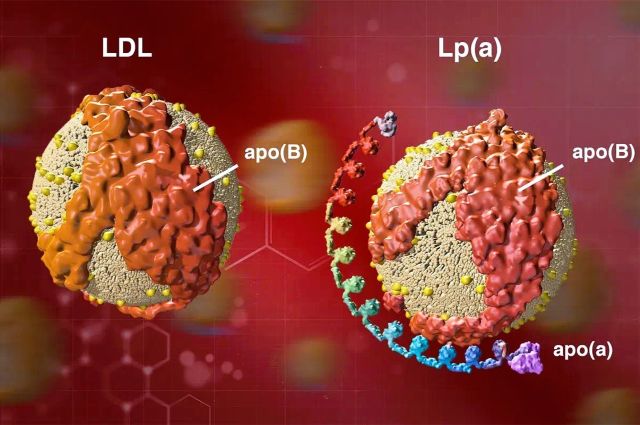Your Home May Be Contaminated: How to Find Hidden Mold

Mold can appear in almost any living space-new or old, in a house or an apartment. This is not necessarily related to flooding or obvious dampness. Most often, the process begins gradually, in inconspicuous areas where moisture lingers slightly longer than it should and air movement is minimal: behind furniture, near windowsills, in window seals, under household appliances. At first glance, these zones seem safe, but it is precisely here that conditions form in which fungi and actinomycetes maintain stable activity.









